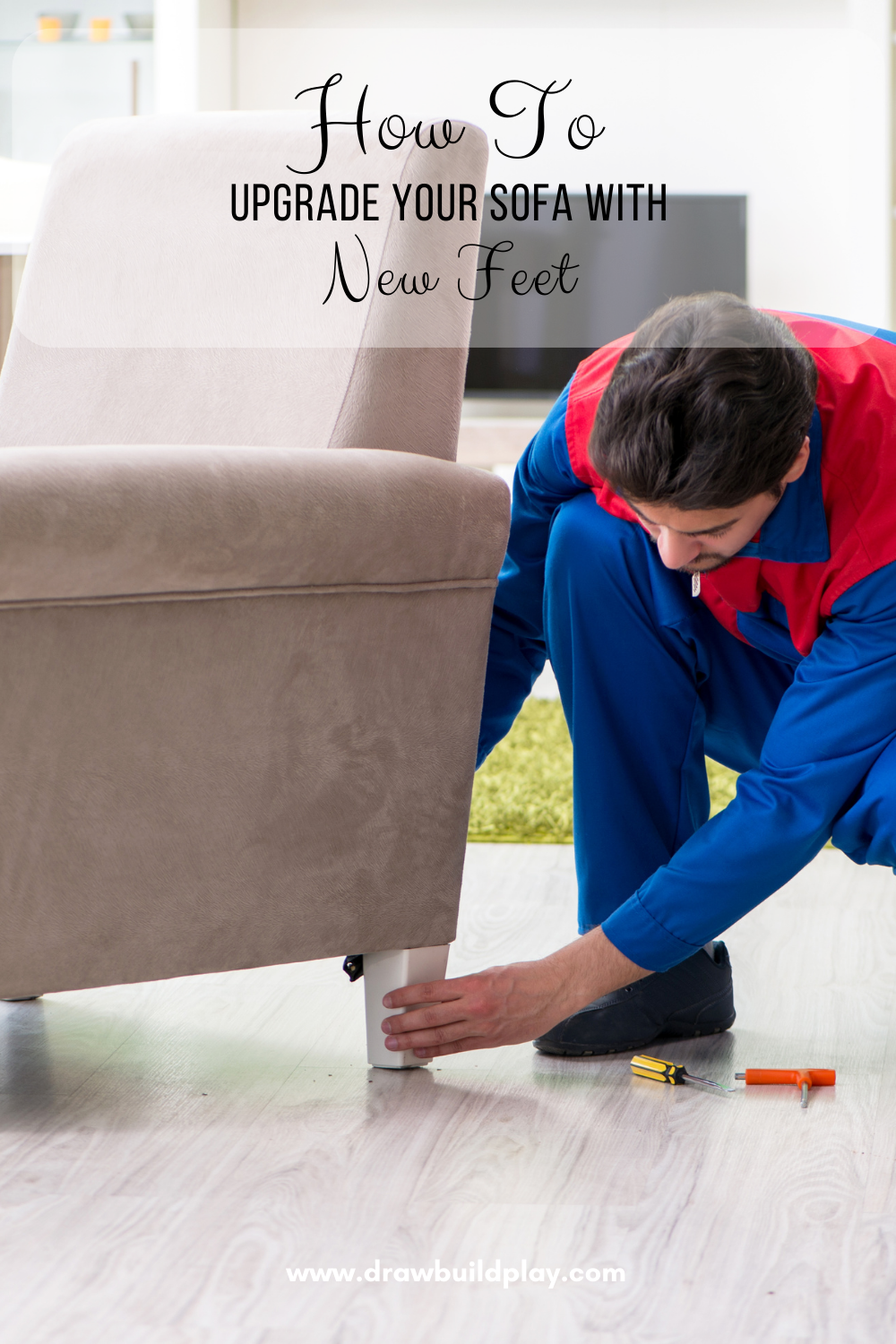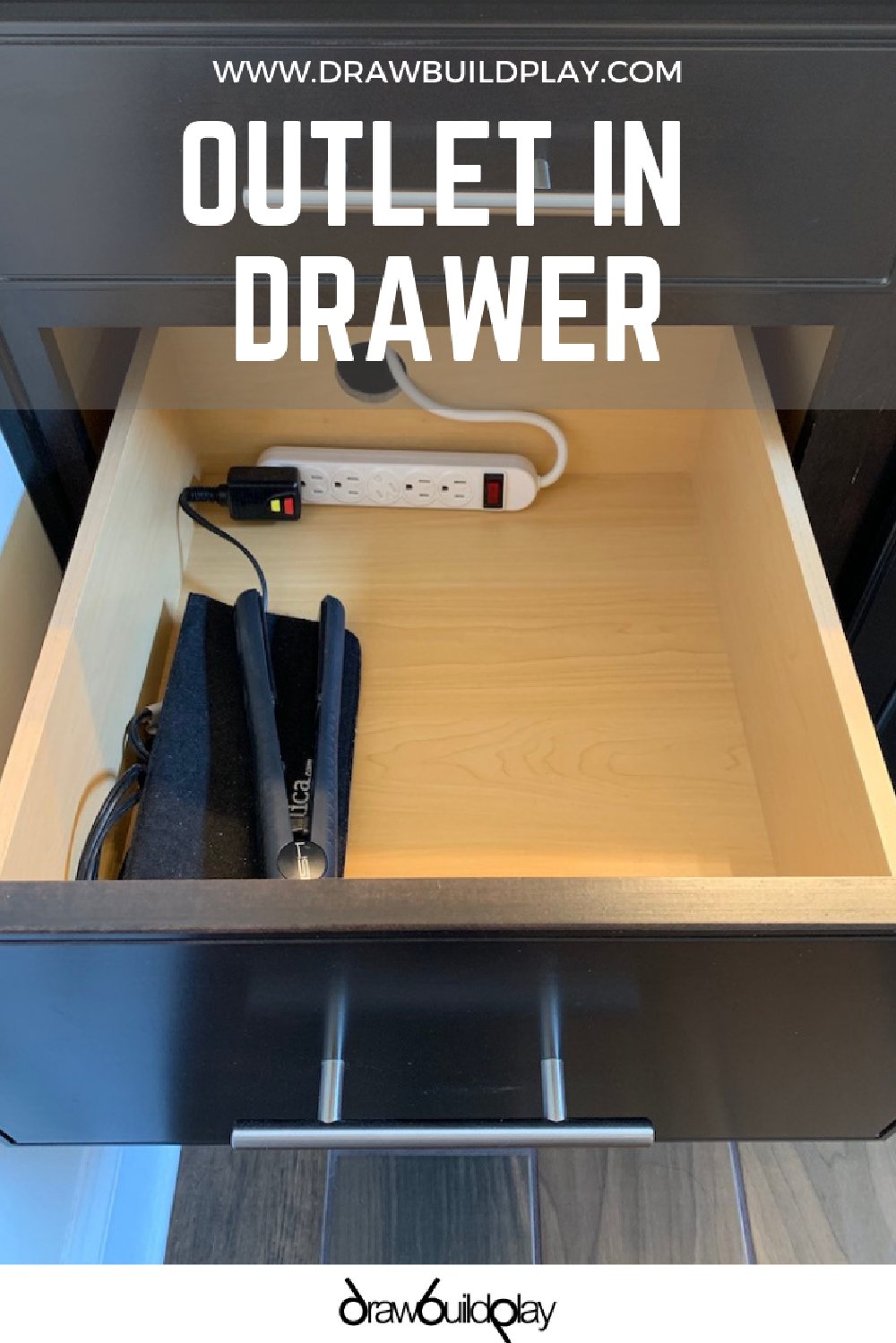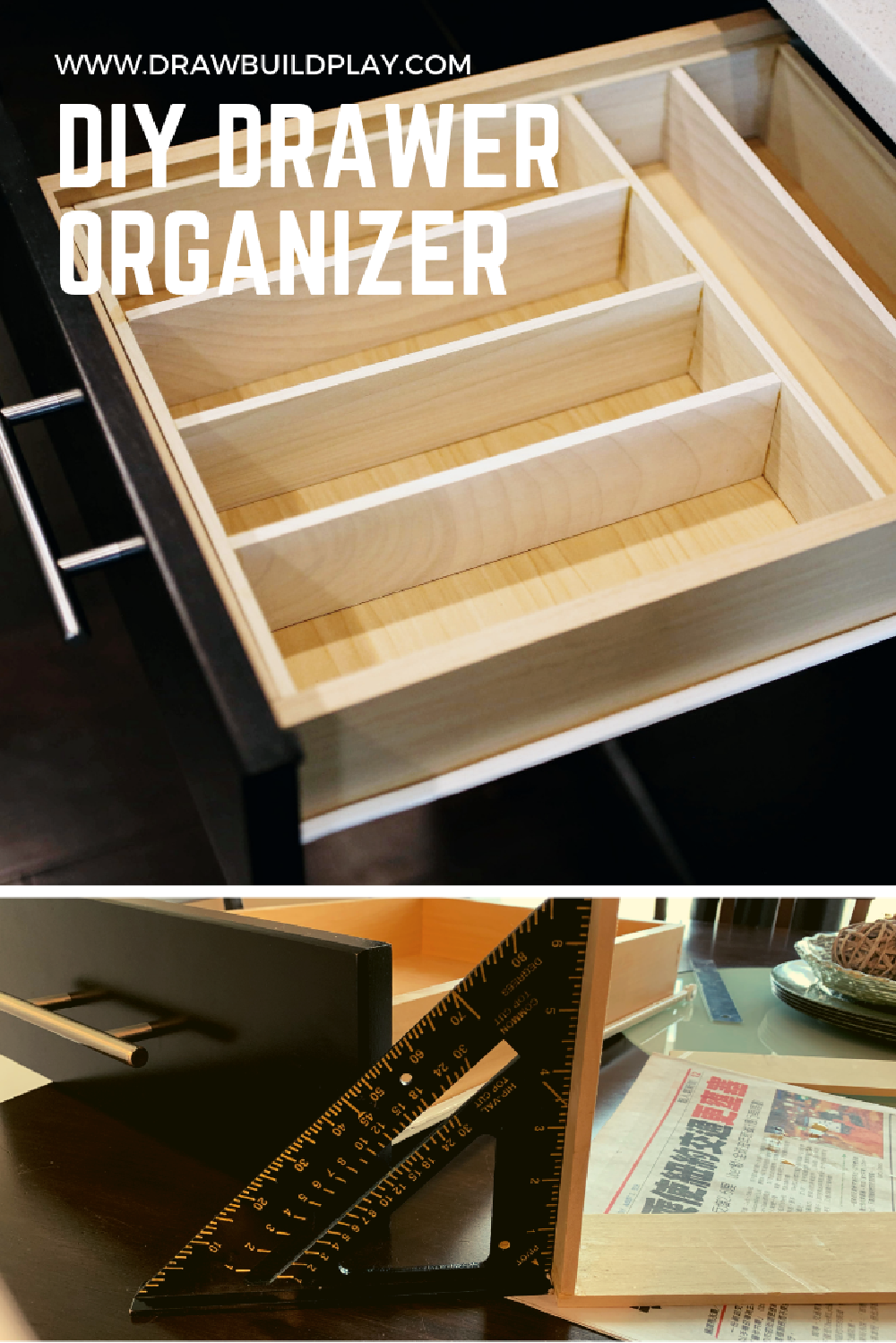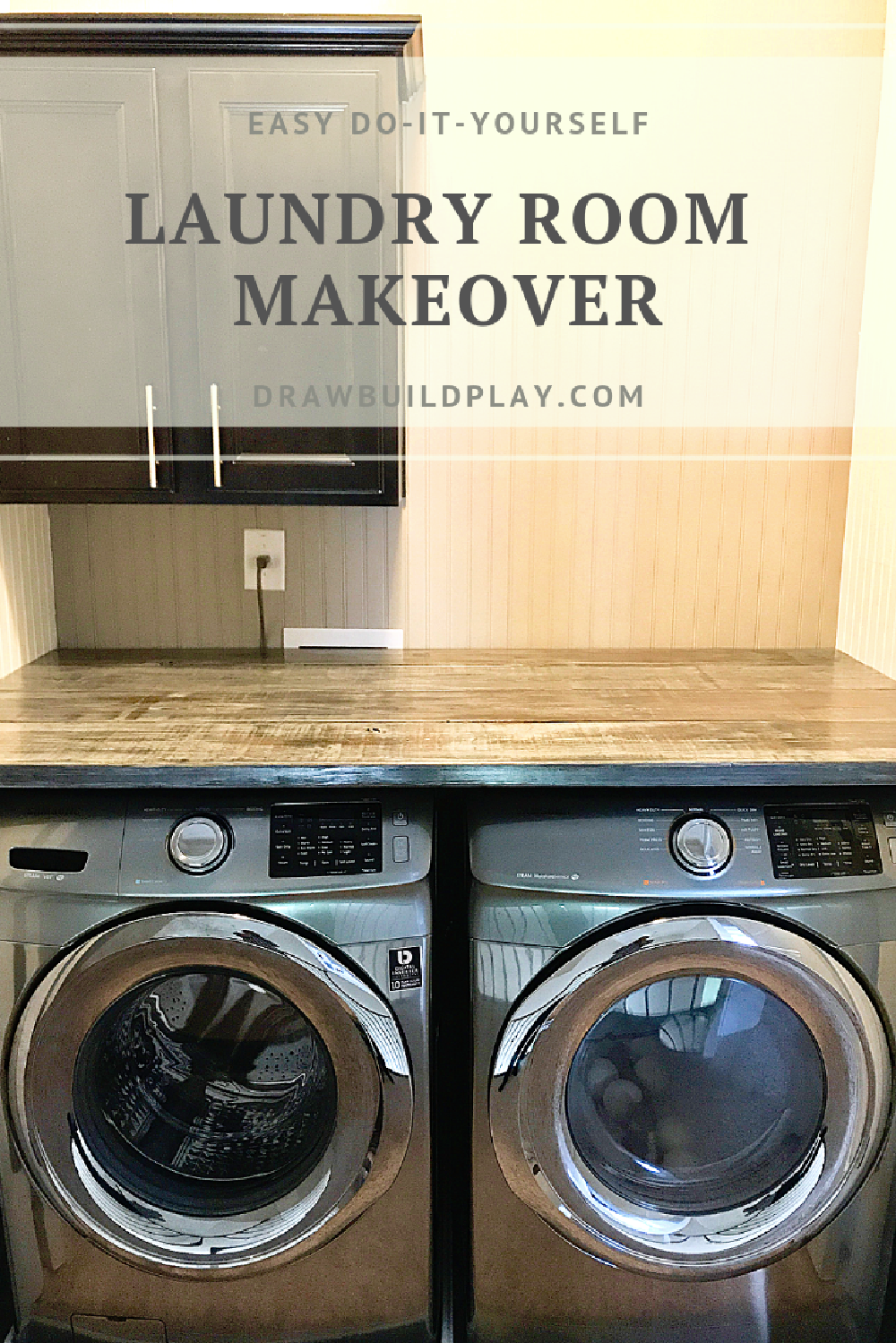A Guide to Replacing Broken Sofa Legs
DrawBuildPlay Master the art of sofa leg replacement with our comprehensive guide. Discover essential tips and tricks to avoid common mistakes, elevate your living room's style, and extend the life of your sofa. Perfect for DIY enthusiasts seeking a quick, impactful home update.When it comes to restoring or updating the look of your sofa or couch, replacing the legs can make a significant difference. Whether you want to match a new decor style or need to replace worn-out legs, this guide will walk you through the process of replacing sofa legs. From understanding the basics to choosing the right legs for your furniture, we’ve got you covered.
Understanding the Basics of Sofa Legs
Before diving into the replacement process, it’s essential to understand the role that sofa legs play in furniture design. Sofa legs provide stability, support, and elevate the piece off the ground. Additionally, they contribute to the overall aesthetics of the sofa.
When it comes to sofa legs, there is more than meets the eye. These seemingly small components play a crucial role in ensuring that your sofa not only looks good but also functions well. They are responsible for bearing the weight of the entire piece, providing a sturdy foundation that allows you to sit, lounge, and relax without any worries.
But sofa legs are not just functional; they are also an important design element. They can add a touch of elegance, sophistication, or even a modern twist to your furniture. Whether you prefer the classic look of wooden legs or the sleekness of metal legs, there are various options available to suit your style and preferences.
Different Types of Sofa Legs
There are various types of sofa legs available in the market. Some common options include wooden legs, metal legs, tapered legs, and turned legs. Each type brings a unique style and functionality to your sofa, so consider your preferences and the design of your furniture before making a choice.
Wooden legs are a popular choice for those who prefer a traditional or rustic look. They come in different shapes, sizes, and finishes, allowing you to customize the appearance of your sofa. Metal legs, on the other hand, offer a more contemporary and industrial feel. They are often sleek and minimalist, adding a touch of modernity to your living space.
Tapered legs are another option worth considering. These legs start wider at the top and gradually taper towards the bottom, creating a visually appealing silhouette. They are often associated with mid-century modern design and can give your sofa a retro vibe. Turned legs, on the other hand, feature intricate designs and curves, adding a touch of elegance and sophistication to your furniture.
Importance of Sofa Legs in Furniture Design
While sofa legs may seem like a minor detail, they can significantly impact the appearance and functionality of your furniture. The right set of legs can enhance the overall design, improve stability, and even make it easier to move the sofa around.
When choosing sofa legs, it’s important to consider the style and proportions of your sofa. The legs should complement the overall design and not overpower or clash with it. For example, if you have a sleek and modern sofa, opting for metal legs can create a cohesive and contemporary look. On the other hand, if your sofa has a more traditional or vintage style, wooden or turned legs can enhance its charm.
In addition to aesthetics, sofa legs also play a role in stability. The right set of legs can ensure that your sofa remains steady and balanced, even when multiple people are sitting on it. They distribute the weight evenly, preventing any wobbling or tipping. This is especially important if you have children or pets who may jump or play on the sofa.
Furthermore, sofa legs can make a difference when it comes to moving your furniture. If you frequently rearrange your living space or need to clean under your sofa, having legs that are easy to detach or slide can be a lifesaver. Some sofa legs even come with wheels, allowing you to effortlessly move your sofa from one room to another without straining your back.
So, the next time you sit on your sofa, take a moment to appreciate the often overlooked but essential sofa legs. They not only provide support and stability but also contribute to the overall style and functionality of your furniture.
Tools Needed for Sofa Leg Replacement
Before getting started, gather the necessary tools for the sofa leg replacement project. Having the right tools will ensure a smooth and efficient process.
When it comes to replacing sofa legs, having the appropriate tools is essential. Not only will they make the task easier, but they will also help you achieve a professional-looking result. So, let’s take a closer look at the tools you’ll need:
Basic Hand Tools
To begin, you’ll need some basic hand tools such as a screwdriver, pliers, and a wrench. These tools will help you remove the old legs and attach the new ones securely to your sofa.
A screwdriver is a versatile tool that will come in handy during the sofa leg replacement process. It will allow you to remove any screws or bolts that are holding the old legs in place. Make sure to choose the appropriate screwdriver head that matches the type of screws used in your sofa.
Pliers are another essential tool for this project. They will help you grip and twist any stubborn nuts or bolts that may be difficult to remove. With a good pair of pliers, you’ll have the necessary leverage to loosen and tighten fasteners with ease.
A wrench is also crucial for sofa leg replacement. It will enable you to tighten the new legs securely, ensuring stability and preventing any wobbling. Depending on the size of the nuts or bolts, you may need an adjustable wrench or a specific size wrench.
Specialty Tools for Sofa Leg Replacement
In addition to the basic hand tools, specific tools catered towards sofa leg replacement can be beneficial. These may include a leg removal tool, angle brackets for added support, and a tape measure to ensure accurate placement of the new legs.
A leg removal tool is designed specifically for removing sofa legs without causing damage to the furniture. It provides a safe and efficient way to detach the legs from the sofa frame. This tool typically has a lever or a grip mechanism that allows you to apply controlled force, making the removal process easier and less time-consuming.
Angle brackets are useful accessories that can enhance the stability of your sofa. They are typically made of metal and come in various sizes and shapes. By attaching angle brackets to the frame of your sofa and the new legs, you can provide additional support and prevent any potential wobbling or sagging.
Lastly, a tape measure is an indispensable tool for ensuring accurate placement of the new legs. It will help you measure the distance between the existing leg holes and the desired location for the new legs. By taking precise measurements, you can ensure that the new legs are evenly positioned and aligned, giving your sofa a balanced and visually appealing look.
Now that you know the tools needed for sofa leg replacement, you can gather them before starting your project. Having these tools at your disposal will make the process smoother and more enjoyable, allowing you to achieve the desired results with confidence.
Preparing Your Sofa for Leg Replacement
Before you start swapping out the legs, you’ll need to properly prepare your sofa. This step is crucial to ensure a successful leg replacement process.
Safely Removing Old Sofa Legs
The first step is to safely remove the old sofa legs. Carefully inspect how they are attached and use the appropriate tools to unscrew or detach them from the sofa. Be cautious not to damage the furniture frame during this process.
Assessing the Condition of Your Sofa Base
While replacing the legs, it’s a good idea to take a closer look at the condition of your sofa base. Check for any signs of damage, such as loose joints or cracks, and address these issues before proceeding with the replacement. Repairing the sofa base will ensure a secure and stable attachment for the new legs.
Choosing the Right Sofa Legs for Your Furniture
Now that you have prepared your sofa for leg replacement, it’s time to choose the right legs for your furniture. Consider the following factors to make an informed decision:
Considering the Style and Design of Your Sofa
Take into account the style and design of your sofa when selecting the new legs. Choose legs that complement the overall aesthetic and enhance the desired look and feel of your furniture piece.
Material Choices for Sofa Legs
Sofa legs come in various materials, including wood, metal, and plastic. Each material has its own benefits and drawbacks. Wood legs often offer a classic and elegant appearance, while metal legs provide a modern and sleek touch. Consider the durability, maintenance, and compatibility with your sofa when choosing the leg material.
The Process of Replacing Sofa Legs
With the preparations complete and the new legs chosen, it’s time to dive into the actual replacement process. Follow these step-by-step instructions for a successful leg replacement:
Step-by-Step Guide to Sofa Leg Replacement
- Begin by aligning the new legs with the existing leg holes on the sofa base.
- Securely attach the legs using the provided screws or hardware. Use the appropriate tools to tighten them, ensuring the legs are stable and secure.
- Repeat the process for all remaining legs, ensuring equal alignment and attachment.
- Once all the new legs are attached, give the sofa a gentle shake and test the stability. Make any adjustments if necessary to ensure an even and balanced sitting surface.
Troubleshooting Common Issues in Sofa Leg Replacement
While replacing sofa legs is a relatively straightforward process, some common issues may arise. Here are a few troubleshooting tips:
- If the new legs feel wobbly, double-check the attachment and tighten the screws further.
- If the legs do not align correctly, consider using angle brackets for added support and stability.
- If you encounter any unexpected difficulties, consult the manufacturer’s instructions or seek professional assistance.
With the leg replacement complete, you can now enjoy your refreshed sofa with its new and improved look. Remember, the right set of sofa legs can transform the entire aesthetic of your furniture, so take your time in selecting the perfect ones. Follow this guide, and you’ll have a seamless and successful sofa leg replacement experience!
















